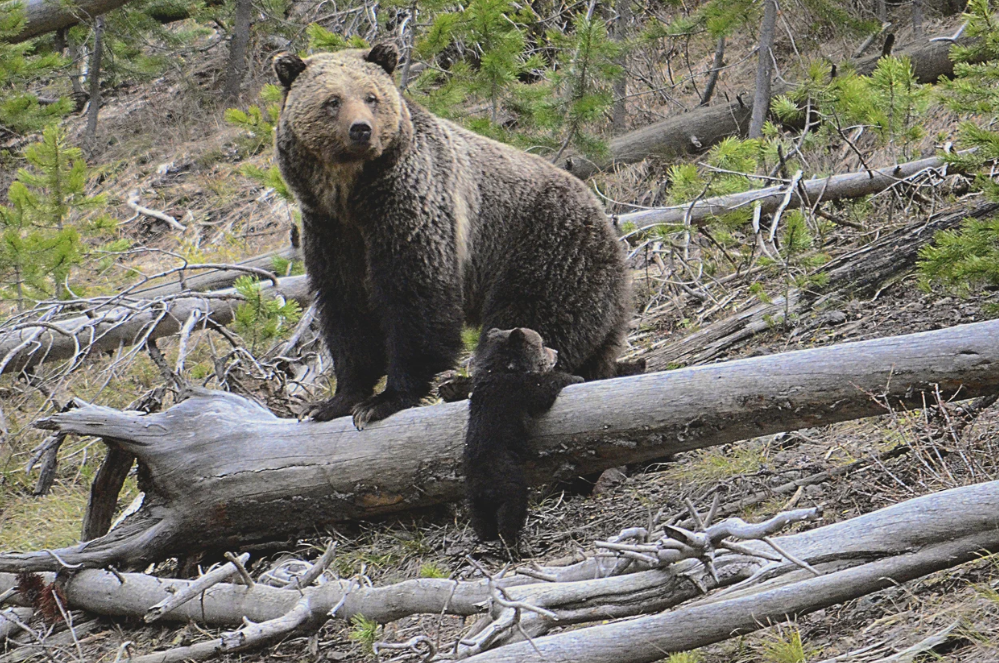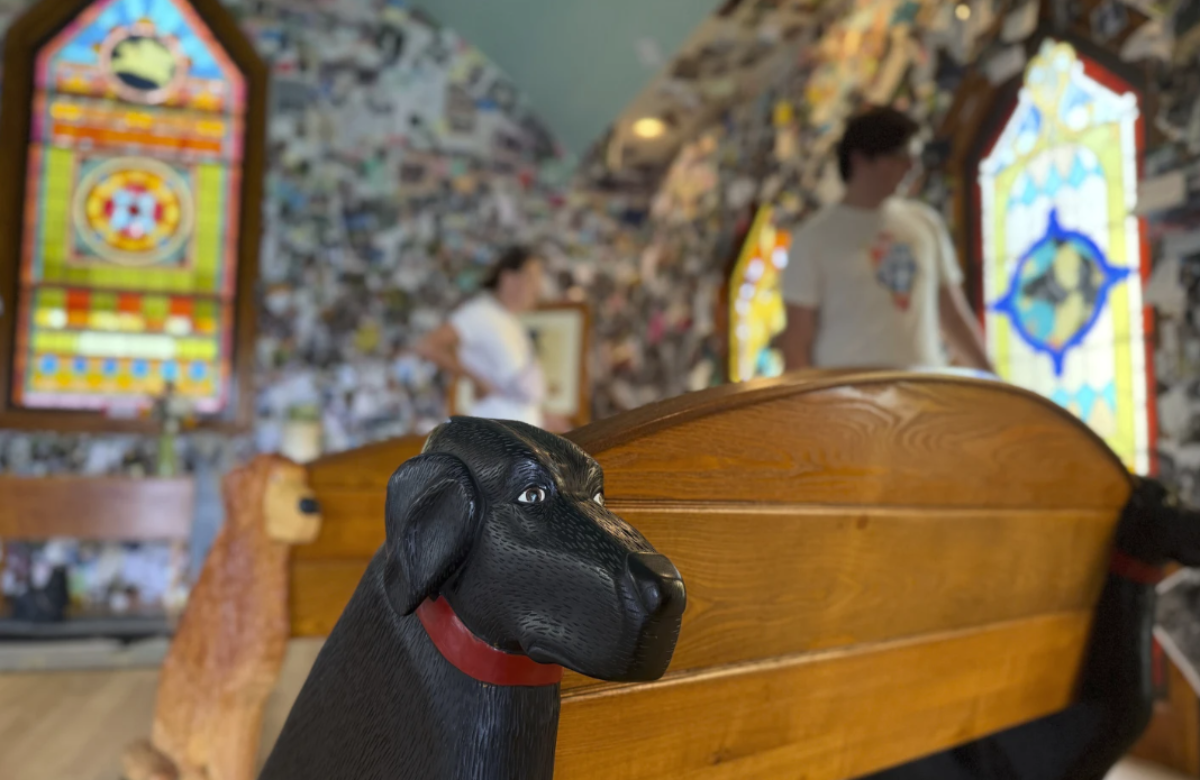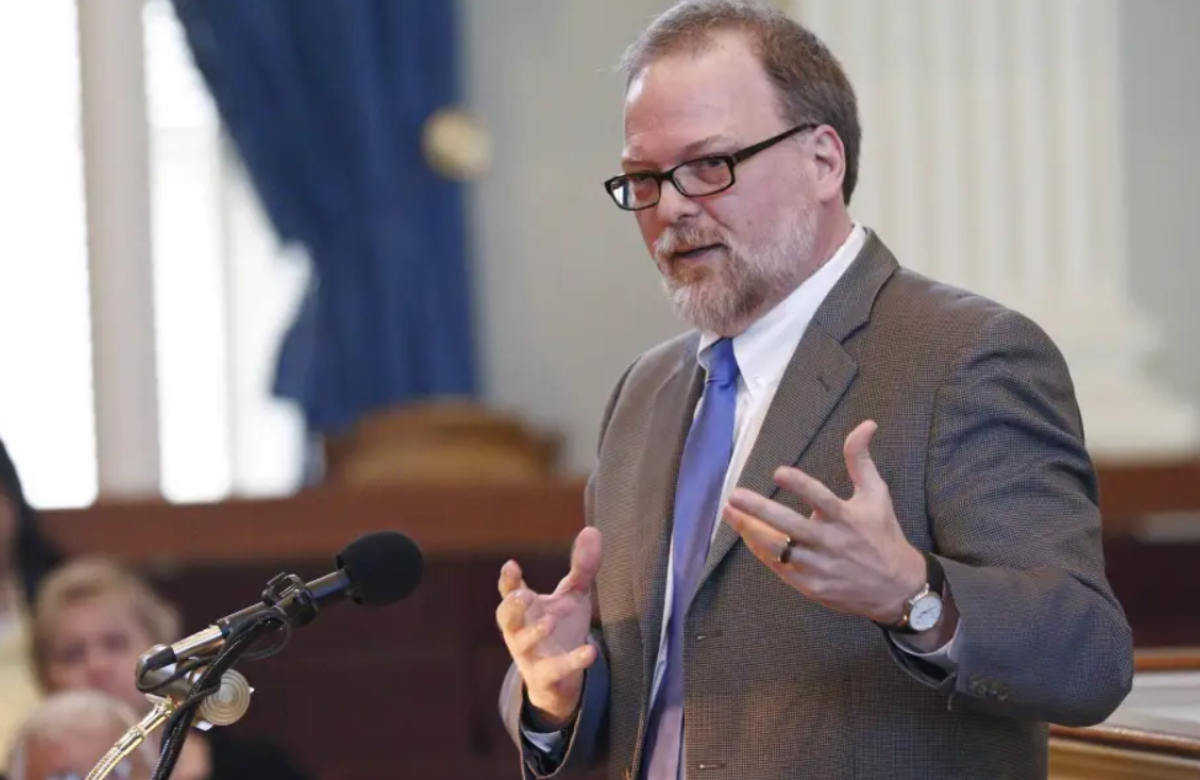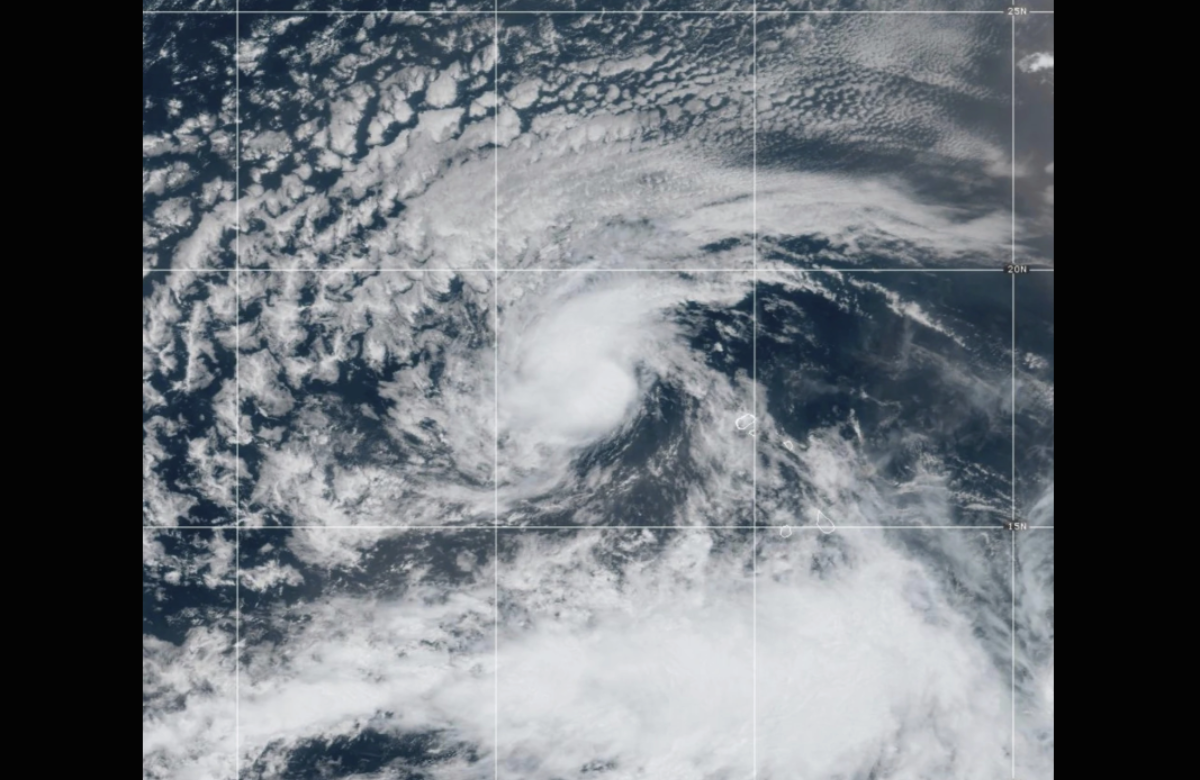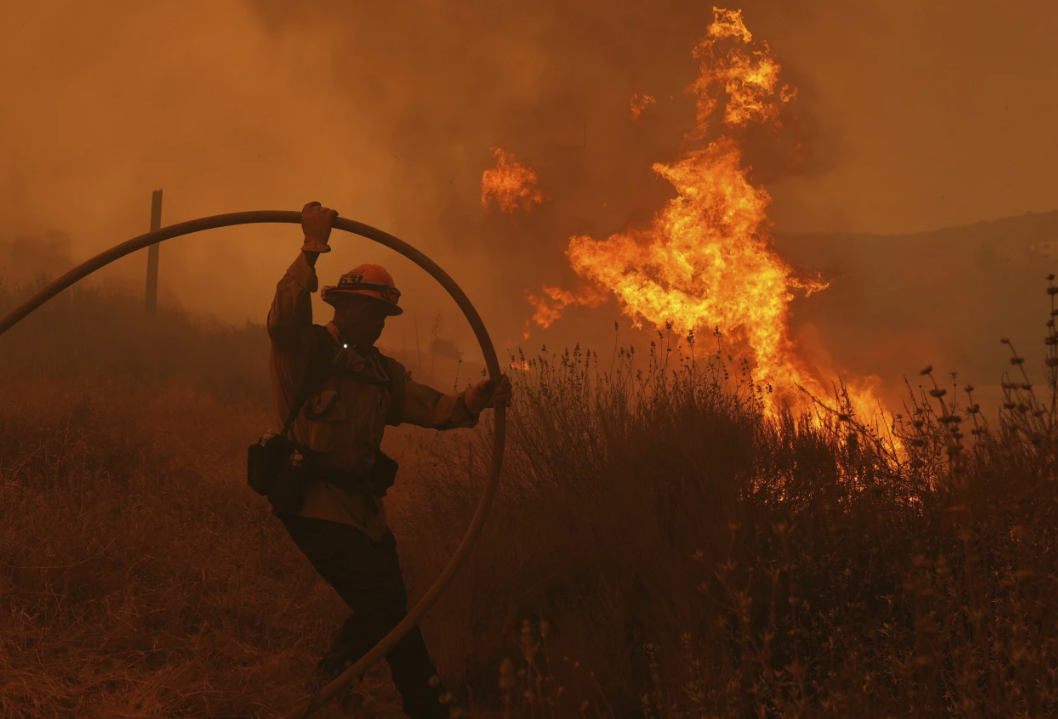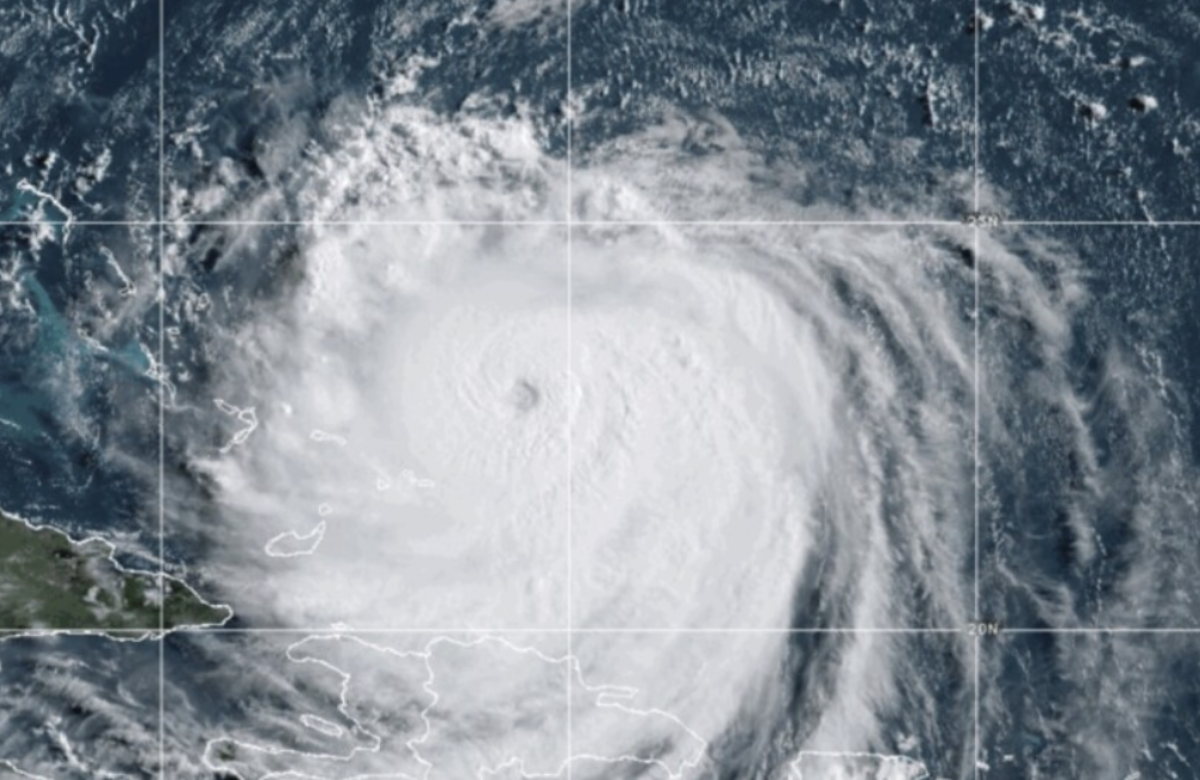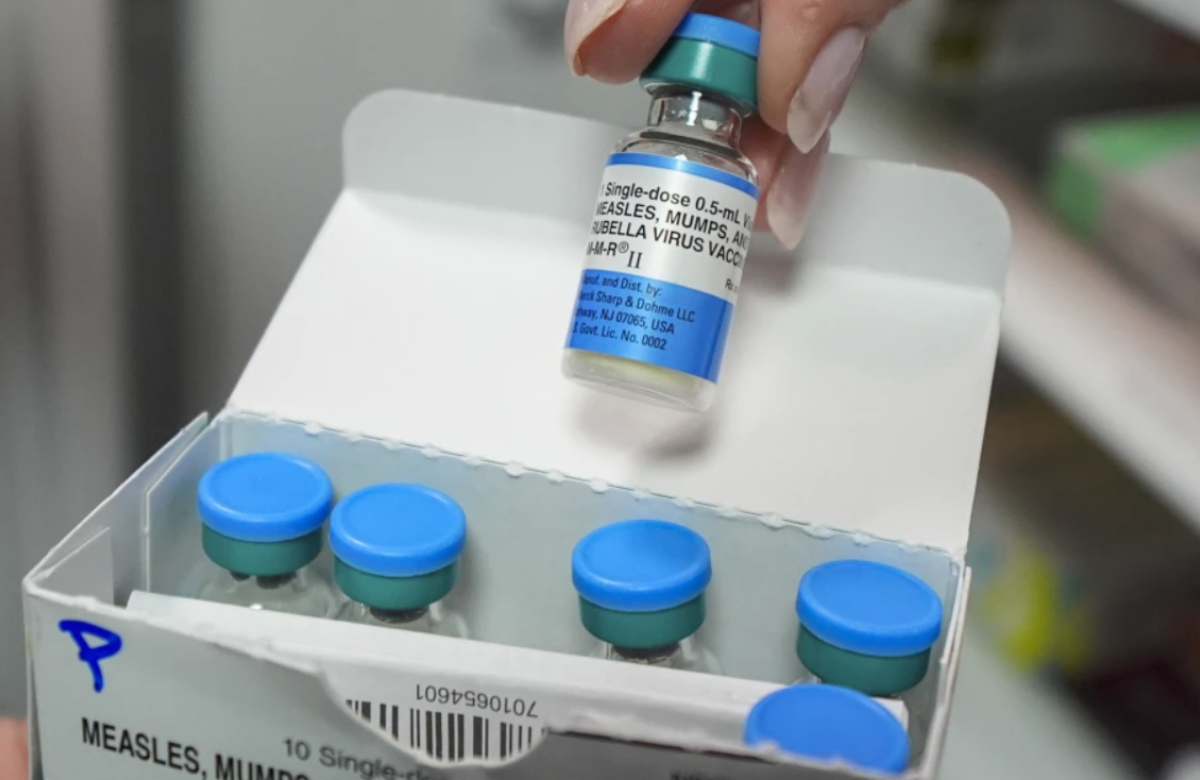The Biden administration announced on Wednesday that it will continue to protect around 2,000 grizzly bears in the Rocky Mountains, despite opposition from states led by Republicans. However, federal officials also stated that they would ease certain restrictions due to rising conflicts between humans and bears. Ranchers operating outside designated grizzly recovery zones would be permitted to shoot bears if they pose a threat to livestock or dogs. Additionally, state officials might be allowed to capture and relocate bears to prevent potential conflicts.
Protections will be lifted in states where grizzly bears no longer exist, including California, Colorado, New Mexico, and Oregon.
These changes may be reconsidered under the incoming administration of President-elect Donald Trump. The Associated Press obtained details of the U.S. Fish and Wildlife Service’s decision ahead of the official announcement.
Grizzly bears are powerful animals that can weigh up to 800 pounds (363 kilograms) and live for over 25 years. They have been classified as a threatened species throughout the lower 48 states since 1975. During Donald Trump’s first term, officials attempted to remove these protections, but their efforts were overturned by the courts.
In 2021, Republican officials from Montana, Idaho, and Wyoming petitioned the Fish and Wildlife Service to allow states to take over the management of grizzly bear populations. This move could pave the way for hunting, although state officials have assured that it would be limited and not put the overall bear population at risk.
Federal officials have indicated they will work towards removing protections for grizzlies, but did not provide a specific timeline for this change. Martha Williams, director of the U.S. Fish and Wildlife Service, stated that the reclassification would help grizzly bear recovery and lay a stronger foundation for eventual removal from the endangered species list.
Officials also mentioned they would seek public input on whether hunting could be used as a method to reduce conflicts between humans and bears. This would require an exemption from the Endangered Species Act, which environmentalists are likely to challenge in court.
The public will also have the opportunity to comment on the relaxed rules regarding shooting bears that attack livestock.
The Biden administration’s decision was met with strong criticism from Montana Representative Ryan Zinke, who had previously worked on efforts to remove protections for bears in the Yellowstone National Park area during his time as the U.S. Interior Secretary under Trump. Zinke accused the administration of rushing the decision in a politically motivated move to appease radical environmentalists, adding, “Thankfully, the political hands pulling the strings at the U.S. Fish and Wildlife Service are about to be fired.”
Wyoming Governor Mark Gordon, Montana Governor Greg Gianforte, and some members of Congress also voiced their opposition to the decision, while wildlife advocates supported it. Andrea Zaccardi from the Center for Biological Diversity stated, “The Fish and Wildlife Service rightly followed the science.”
Over the past few decades, grizzly bears have greatly expanded their territory, including into parts of western Washington state. This expansion has resulted in more incidents involving attacks on livestock and, on rare occasions, humans.
U.S. government scientists concluded several years ago that the grizzly bear population in certain parts of the West, including areas around Yellowstone and Glacier National Parks, had biologically recovered. However, concerns remain that state wildlife laws might not provide adequate protection for the bears.
Chris Servheen, the former grizzly recovery coordinator for the Fish and Wildlife Service, emphasized that maintaining protections is crucial for allowing grizzlies to continue expanding into new territories. He warned that without these safeguards, the bears could face extinction again due to climate change and state efforts to reduce bear populations.
Servheen pointed out that it took around 45 years and $30 million to help the grizzly population recover to its current state. He expressed concern that if the species were delisted, it would risk being driven toward extinction once more. He added that he had not yet reviewed the details of Wednesday’s decision.
Once, an estimated 50,000 grizzly bears roamed across 18 Western states, from Texas to the Canadian border. However, overhunting and trapping led to their near extinction in most areas.
By 1975, only about 700 to 800 grizzly bears remained in the lower 48 states. After extensive recovery efforts led by the U.S. Fish and Wildlife Service, the bear population has now risen to over 2,000 in these states, with larger populations in Alaska where hunting is allowed.
Even in areas where hunting is prohibited, humans remain the biggest threat to grizzlies. Every year, dozens of bears are killed by wildlife agents due to livestock attacks, shot by hunters in self-defense, or hit by vehicles and trains.
In 2017, after the grizzly bear temporarily lost protection in the Yellowstone region, hunts were planned in Wyoming, where nearly 1,500 people applied for 12 bear hunting licenses, and in Idaho, where only one license was issued. However, these hunts were blocked by a court order just days before they were set to begin.
In recent years, federal officials have expressed concerns about laws in Republican-led states that could negatively impact grizzly bear populations. One such law in Montana permits the killing of grizzly bears if they attack livestock.
Montana and neighboring states have also implemented aggressive policies against gray wolves, including relaxed wolf trapping regulations. Some scientists worry these changes could lead to grizzly bears being unintentionally trapped and killed.
In 2021, federal scientists concluded that protections for grizzlies were still necessary, largely due to human-induced deaths. However, after reconsidering at the request of the states, they determined in 2023 that there was significant evidence of recovery in two designated grizzly recovery zones surrounding Yellowstone and Glacier national parks.
